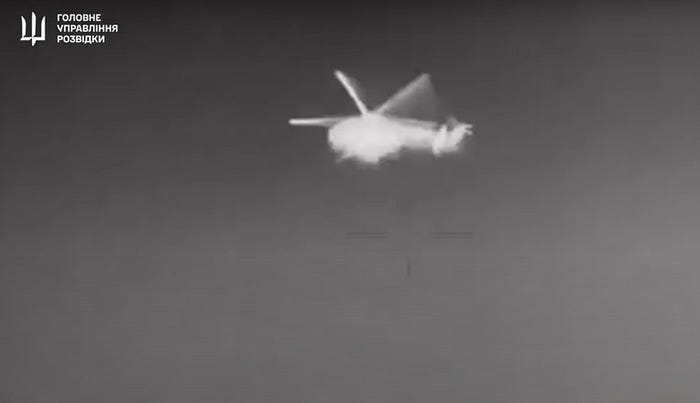Historic Strike — Ukrainian Sea Drone Takes Down Russian Helicopter
Ukraine made a floating FrankenSAM… And it’s kinda awesome.
Keep reading with a 7-day free trial
Subscribe to Eyes Only with Wes O'Donnell to keep reading this post and get 7 days of free access to the full post archives.



